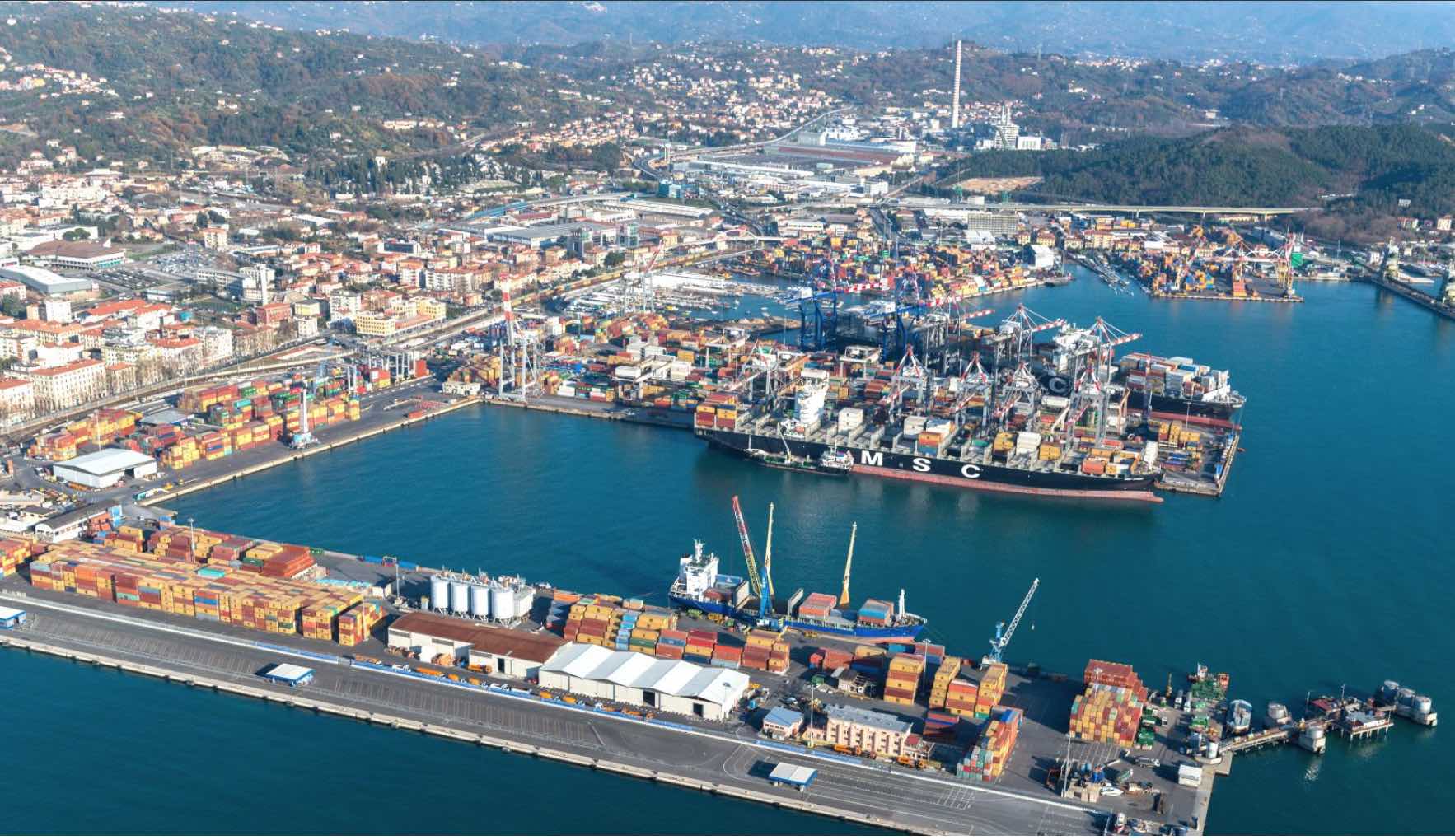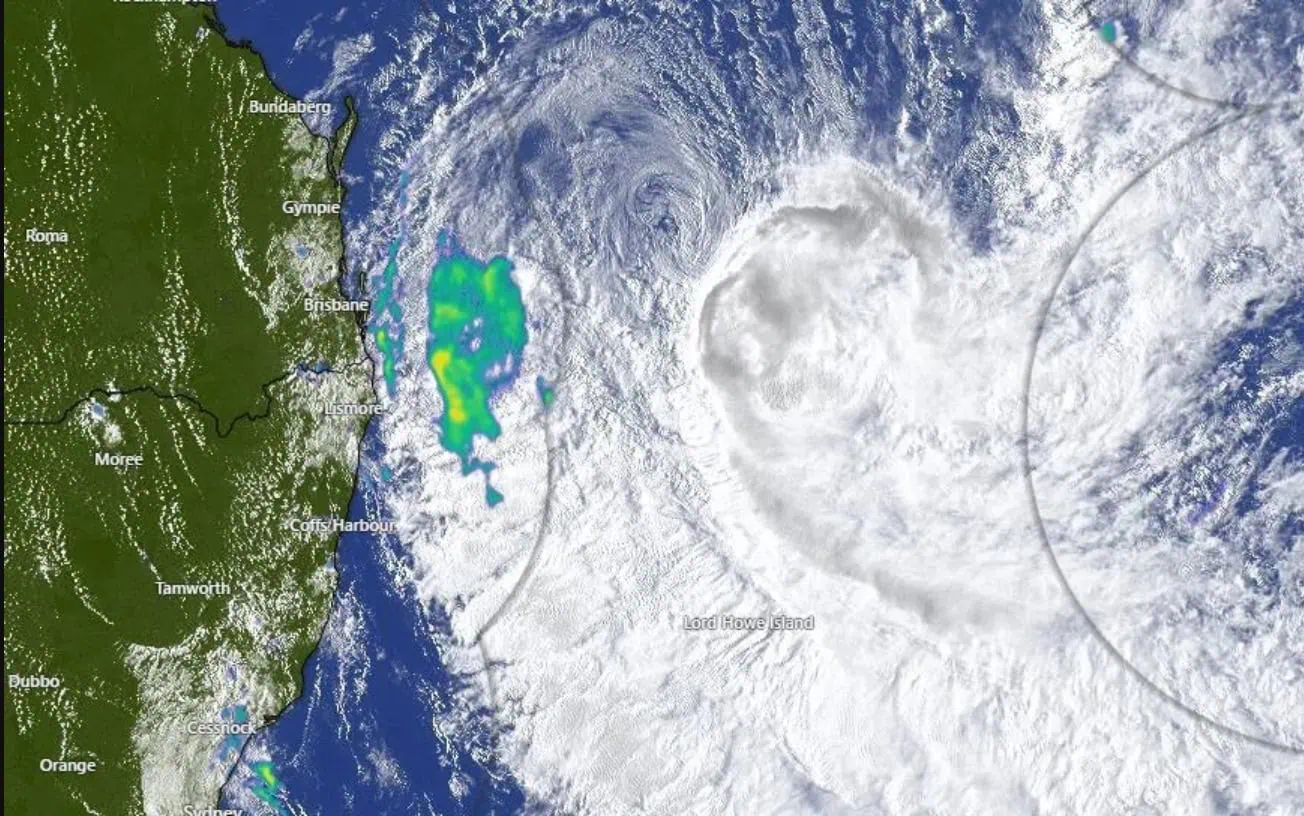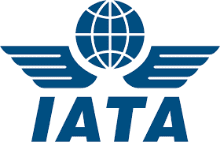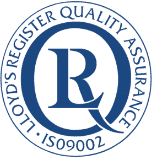When it comes to national and international shipping, understanding the classification of dangerous goods is not just a regulatory necessity; it’s a vital aspect of ensuring safety and efficiency when transporting potentially harmful goods.
At Gava Australia, we pride ourselves on our extensive expertise in freight and logistics, which we’ve honed over years of experience.
As part of this extensive expertise and experience, GAVA is proud to be part of IATA (International Air Transport Association), as our employees have completed the current edition of the IATA Dangerous Goods Regulations courses, receiving certification for completing these courses every two years. Our commitment extends beyond just moving goods; we focus on the safety and well-being of all involved in the shipping process.
To help you understand the logistics of shipping such items, this blog will shed light on the various classes of dangerous goods, providing clarity and insight into their handling and transportation. Whether you’re a seasoned logistics professional or new to the field, this guide is designed to equip you with the essential knowledge to navigate these challenges confidently.
What are Dangerous Goods?
Dangerous goods are items or substances that pose risks to health, safety, property, or the environment during transportation. These can range from obvious hazards like explosives and toxic chemicals to everyday items like aerosol cans and batteries. The key here is understanding that their risk profile escalates when they are moved, especially over long distances or internationally.
When it comes to international shipping, the handling of these goods is a matter of serious concern — but with the correct paperwork and adherence to regulations, it’s possible to transport them safely. This aspect is crucial in industries where the movement of such materials is essential, like in the medical, manufacturing, or tech sectors.
Remember, it’s not just about compliance; it’s about ensuring that these goods reach their destination without causing harm in the process.
Overview of the Regulations Governing Dangerous Goods
When it comes to regulations, there’s a comprehensive framework in place.
In Australia, we adhere to the Australian Code for the Transport of Dangerous Goods by Road & Rail, which aligns with international standards. This ensures a seamless transition when goods cross interstate borders.
Internationally, two major sets of regulations come into play: the International Maritime Dangerous Goods (IMDG) Code for sea transport, and the International Air Transport Association (IATA) regulations for air freight. GAVA is committed to providing the best experience and expertise, and is therefore part of IATA, thanks to our employees completing a course for dangerous goods, and receiving certification on completion. These regulations categorise dangerous goods into various classes, each with its own set of handling and transportation rules. These classes then cover a range of hazards, from a mass explosion hazard division to infectious substances class, to ensure every possible risk is accounted for.
Adhering to these regulations is not just about ticking boxes, it’s a commitment to safety and responsibility. Whether it’s ensuring that substances liable to emit flammable gases are stored correctly, or that very insensitive substances with minor blast hazard potential are transported under strict conditions, each regulation is a step towards a safer transport journey. At Gava Australia, we take this responsibility seriously, and ensure that every shipment is treated with the utmost care and expertise.
The 9 Classes of Dangerous Goods
Understanding the various classes of dangerous goods is crucial for safe and effective shipping. Each class has specific characteristics and requirements that are imposed to ensure the safe transport of these items.
The details of each class are as follows:
Class 1: Explosives
Explosives are materials that can produce a sudden, rapid release of gas and heat. This class is subdivided further based on the type of hazard they present, such as a mass explosion hazard or a minor projection hazard. Examples include fireworks and ammunition.
Shipping explosives requires careful attention to prevent accidents, including robust packaging and clear labelling.
Class 2: Gases
This class includes flammable gases, non-flammable and non-toxic gases, and toxic gases. Each type demands its own specific storage and transportation guidelines.
Flammable gases, like propane, can ignite or explode, whereas non-flammable gases like nitrogen may displace oxygen in an area, and toxic gases like chlorine pose health hazards. Their storage containers must be specifically designed to withstand changes in temperature and pressure to ensure they do not trigger adverse effects during transportation.
Class 3: Flammable Liquids
Flammable liquids are substances that can easily catch fire. These include fuels like gasoline, and solvents such as paint thinners. It’s crucial to pack these liquids in leak-proof containers and keep them away from heat sources during transportation.
Class 4: Flammable Solids
This class includes substances that are not necessarily liquids but can still ignite. Sub-categories include spontaneously combustible substances, and substances that are dangerous when wet. Safety measures include keeping them dry and away from sources of heat.
Class 5: Oxidising Substances and Organic Peroxides
These substances can cause or enhance the combustion of other materials. They pose risks like contributing to fires or explosions and require careful handling and specific storage conditions to maintain stability.
Class 6: Toxic and Infectious Substances
This class includes substances that can cause harm to humans or animals if ingested, inhaled, or through skin contact. Infectious substances, such as medical waste, pose additional risks. They must be transported under strict containment regulations to ensure safety.
Class 7: Radioactive Material
Radioactive materials have specific regulations due to the severe health risks they pose. Transporting these materials requires highly specialised containers and adherence to international guidelines to protect people and the environment from radiation exposure.
Class 8: Corrosives
Corrosive substances, like acids and bases, can cause severe damage to living tissues and other materials. Packaging for these substances must prevent leaks and spills and protect handlers during transport.
Class 9: Miscellaneous Dangerous Goods
This class covers various substances and articles that pose dangers not covered by the other classes. These can include environmentally hazardous substances and items, such as airbag inflators. Special considerations are necessary when shipping these goods due to their unique risks.
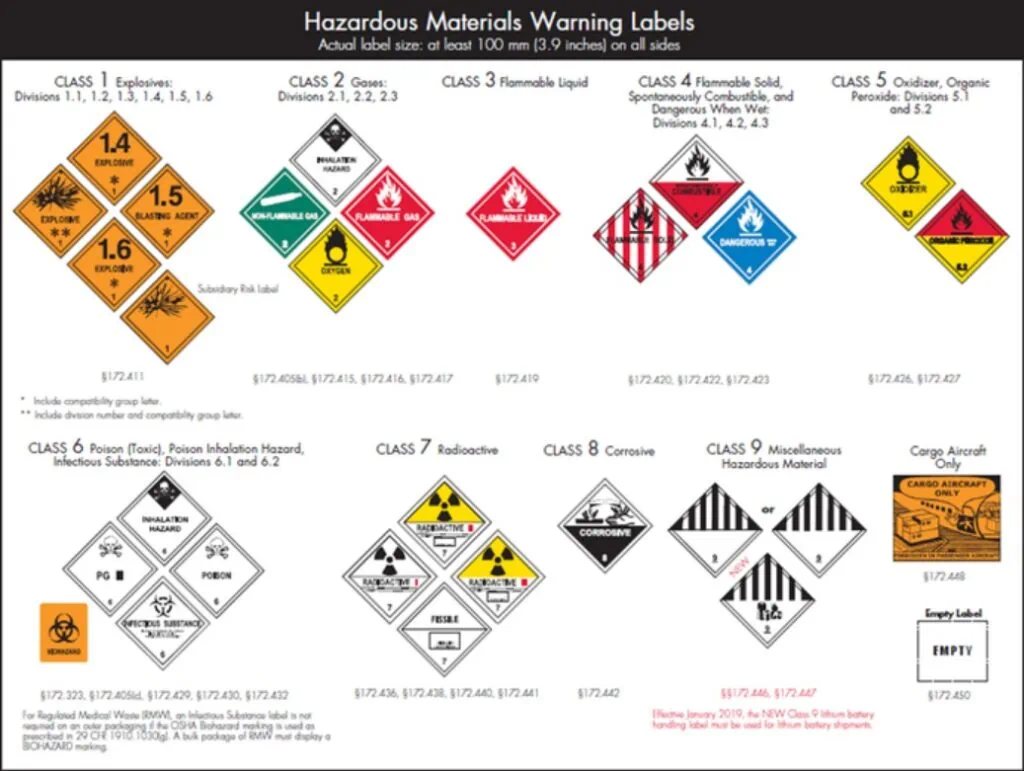
Packing and Labelling of Dangerous Goods
Packing and labelling dangerous goods correctly is crucial for safe transportation. Each class of dangerous goods has specific packing requirements to ensure they are secure and risks are minimised during transit. For instance, flammable liquids need leak-proof and sturdy containers, while items in the mass explosion hazard class require robust, shock-resistant packaging. The key is to isolate these goods from conditions that could trigger their hazardous properties, such as heat, moisture, or friction.
Labelling is equally important and must comply with international regulations. Labels provide quick, essential information about the contents, including the class of danger they represent, like the flammable gases division or a toxic gases class. They must be clear, durable, and placed prominently on the package. This not only helps in handling these goods correctly, but also ensures quick response in case of an emergency.
Alongside labelling, proper documentation is vital. It should detail the nature of the goods, their hazard class, and handling instructions. This documentation is not just a regulatory requirement; it’s a roadmap that guides every handler in the logistics chain, to ensure safety from start to finish.
The Role of Logistics Providers in Handling Dangerous Goods
At Gava Australia, handling dangerous goods is a responsibility we take very seriously. Our approach is multi-layered, focusing on compliance, safety, and continuous education. We ensure that every shipment, whether it contains self-reactive substances or falls under the miscellaneous dangerous substances category, is treated with the highest level of care.
We constantly stay updated on international shipping regulations and adapt our processes as needed to meet the latest safety standards. Our team is trained to understand the nuances of these regulations to ensure not just compliance, but also the safety of all involved in the transportation process. We recognise that our role goes beyond simply moving goods from point A to B; it’s about ensuring that every journey we undertake is safe, secure, and in line with the highest industry standards.
Safety in Shipping is Our Commitment
To wrap it up, understanding the classification of dangerous goods is more than just a compliance issue; it’s a crucial step in ensuring the safe and efficient transportation of goods across borders. At Gava Australia, our dedication to safe and compliant shipping is unwavering. We understand the complexities and responsibilities involved in transporting these materials and are committed to upholding the highest standards in every aspect of our operations.
So, if you’re seeking expert logistics solutions that prioritise safety and compliance, look no further. Contact Gava Australia – where safety in shipping is not just our duty, but our commitment to you.



